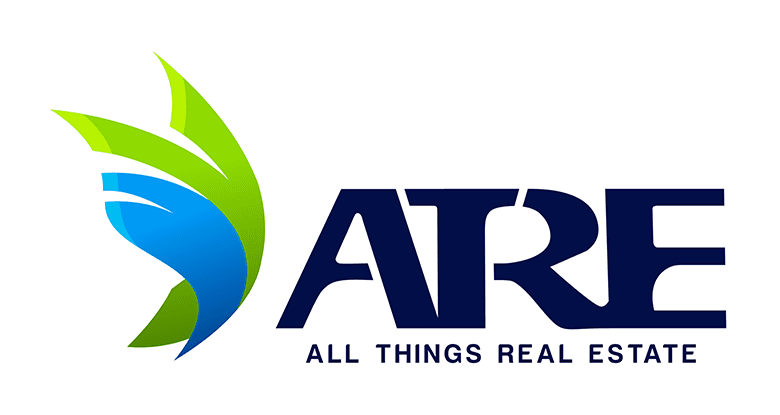Reverse Exchange
Reverse exchanges are the most complex type of exchange. Such an exchange permits the investor to acquire their replacement property before the relinquished property is sold. Under no circumstance may an investor be on title to both properties simultaneously. In September 2000, the IRS indicated that a reverse exchange would be permitted if the transaction fell within the scope of “safe harbor” protection. The durational requirements of the “safe harbor” require the identification of the relinquished property within the 45-day identification period and the sale of the relinquished property within the 180-day exchange period. The trigger date for these periods is the “parking” of either the relinquished or replacement property with an Exchange Accommodation Titleholder (“EAT”). ERI arranges for one of its subsidiaries to function as an EAT. Reverse exchanges are effectuated in one of two ways depending on which property is to be “parked.” Under either scenario, the parked property must be held by the EAT for federal and state income tax purposes.
Option A: Park Replacement Property — Exchange Last
Under this scenario, title to the replacement property is transferred to the EAT, and not the investor, at close of escrow. The date of this transfer triggers the 45-day period to identify the property to be relinquished as well as the exchange period to sell the identified relinquished property. Once the escrow on the relinquished property is ready to close, the EAT enters into a simultaneous exchange with the investor to transfer the title to the parked replacement property to the investor upon the transfer of the relinquished property to a third-party buyer.
Option B: Park Relinquished Property — Exchange First
This scenario more commonly occurs when financing is obtained for the acquisition of the replacement property. Prior to the close of escrow on the replacement property, the relinquished property must be transferred to the EAT. The transfer to the EAT triggers the 45-day period to identify the property to be relinquished and the exchange period during which the identified relinquished property will be sold. Accordingly, this transfer ideally takes place shortly before the closing of the replacement property. ERI acquires the right to purchase the replacement property and causes it to be deeded directly from the seller to the investor in exchange for the investor’s transfer of the relinquished property to the EAT. The relinquished property is subsequently sold to a third-party buyer within the exchange period with the EAT acting as the titleholder.
Issues to Consider
Any funds brought in for the acquisition of the replacement property by the investor may be reimbursed to the investor from the proceeds of the relinquished property and are not subject to capital gains tax. Remaining proceeds can be utilized to reduce debt previously incurred for the acquisition of the replacement property. The investor bears any costs associated with the reverse exchange. For example, a voluntary transfer of title triggers property reassessment, which can result in the issuance of a supplemental property tax bill. Other common costs include obtaining both title insurance and a binder policy, as well as adding the EAT on the liability insurance policy for the parked property. In addition, city and county documentary transfer taxes may apply.


